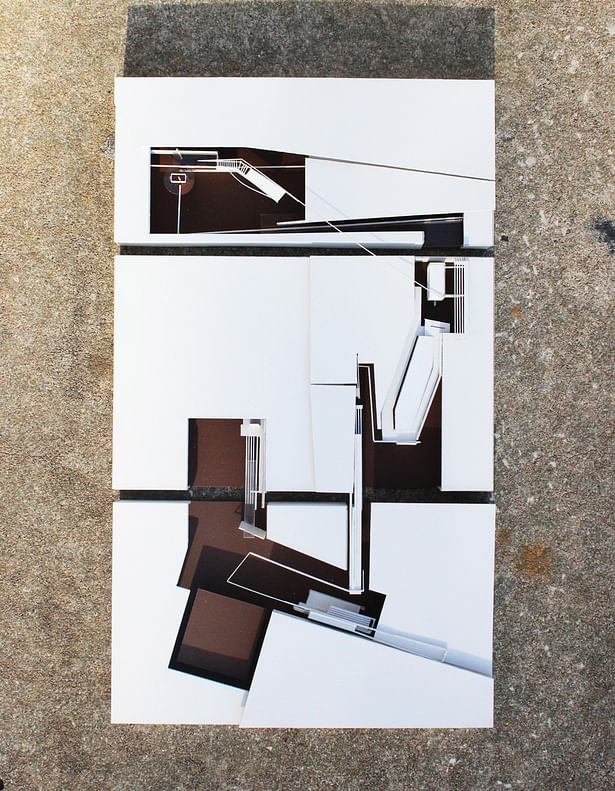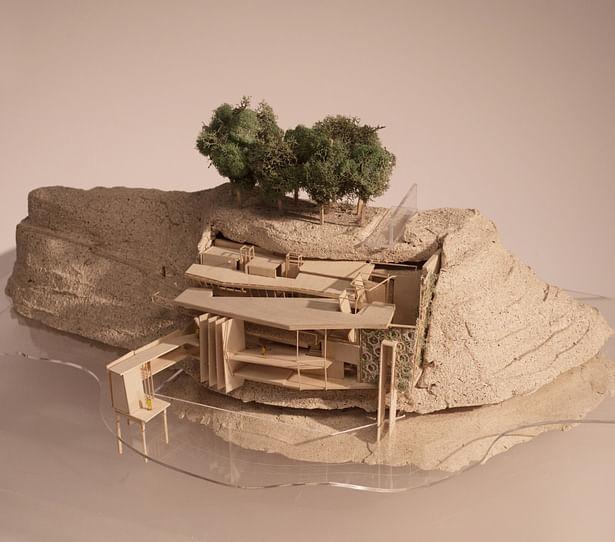
MASTER'S THESIS PROJECT
I have a passion for certain things that were difficult for me to reveal in a way that made sense architecturally. I explored the effects of biblical ideals and values in the form of architecture and developed it into something that mattered. It concerns how all aspects of glorifying God, from diagram to detail, can act as a tool for architecture. It is disheartening to realize the missed opportunity of present architecture outside of the church as an instrument for discernibility and edification of the Christian faith. Creating alterations is a chance to provide congregations with a building that communicates and inspires the enthusiasm and significance of their principles more permanently through architecture. Christians could benefit from analyzing the achievability of architectural evangelism through space outside of the church edifice. Literal and verbal methods of communication are considered the most important tool of accomplishing these goals, but it is not constructive to reject graphical and experiential methods, which demonstrate to be effective to some people.
Therefore, this thesis is concerned not only with mapping out a space that properly echoes the values and morals of the Christian church, but with determining the best ways to reflect those values to the distinctive social context as approached by a foreigner. While I have familiarity of my own understanding of Christian worship, it will be a challenge to illuminate and interpret the explicit values of it and how to exhibit it through space. Though the church will not be involved directly in the process of designing this project, perpetuating the the church’s mission will be a vital portion of my program, as well as drawing out what Christian’s believe sacred space should communicate and how it should assist the specific desires of the community.
Status: School Project
Location: Fontana Village, NC, US
My Role: Solo Project




